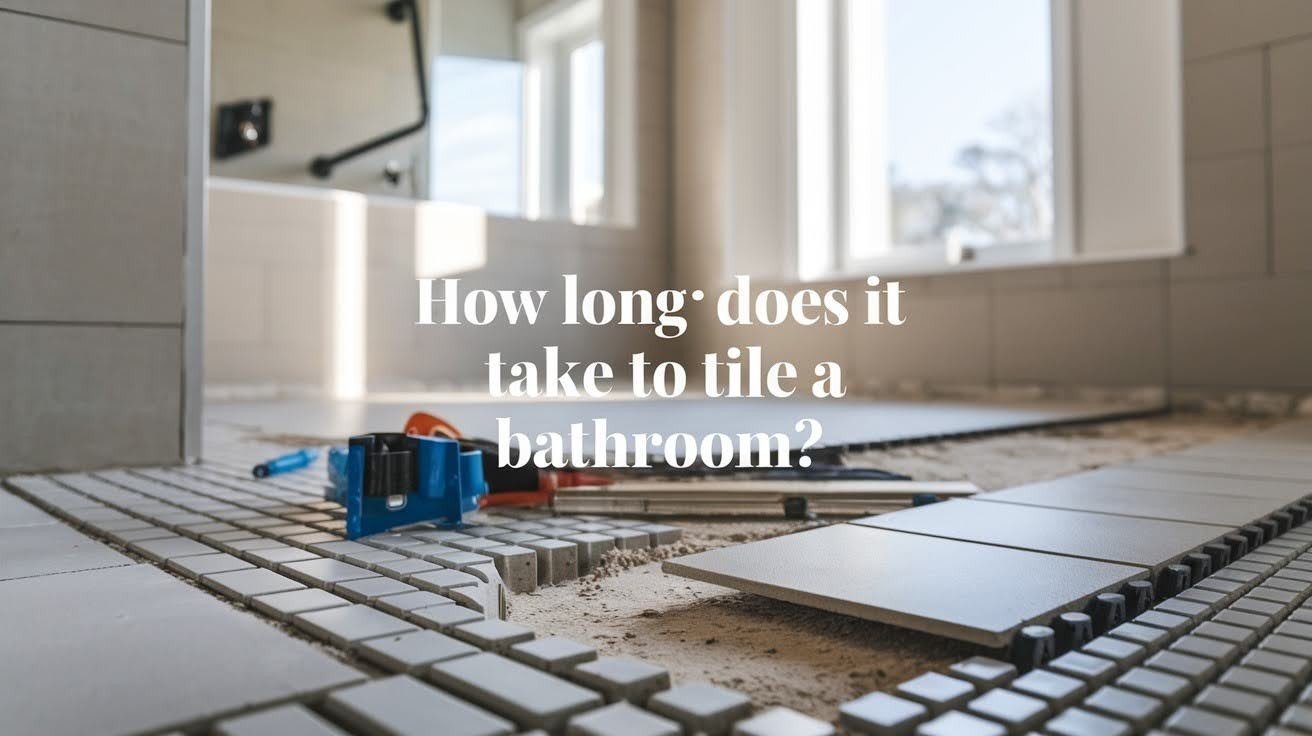Your construction project is done, but the space looks like a war zone. Dust everywhere. Debris was scattered around. You’re not alone in feeling overwhelmed.
Post-construction cleaning isn’t regular house cleaning. It’s a specialized process that changes messy sites into safe, move-in-ready spaces. This guide breaks down the three essential phases every successful cleanup follows.
We’ll solve your biggest challenge: understanding exactly what needs to happen and when. Having managed hundreds of cleanups, we know skipping phases leads to failed inspections.
You’ll learn the proven system professionals use. Phase by phase, task by task.
Phase 1: Rough Cleaning
Think of rough cleaning as clearing the stage before the real show begins. I’m talking about eliminating the obvious mess that makes your construction site look like a disaster zone.
You can’t polish what’s buried under chunks of drywall. This isn’t about making things sparkle yet. It’s about survival.
Construction sites don’t go from chaos to clean overnight. Here’s what most people get wrong: They try to do everything at once. That leads to failed inspections and expensive delays.
Debris Removal

Your first battle targets big materials that can’t be swept away. You’ll find chunks of drywall, wood scraps, and empty paint cans creating obstacles everywhere.
Pattern break: Ever walked through a construction site wearing good shoes? Removing these materials prevents damage to new flooring and fixtures installed later.
Initial Dust Control

Construction dust settles on floors, walls, and inside air vents during building work. You need sweeping and vacuuming to control this mess before it spreads further throughout your project.
This isn’t about perfection yet. You’re doing essential preparation for the detailed cleaning phases that follow this foundational work.
Every layer of dust you remove now saves hours of detailed cleaning later. Think of it as damage control that prevents contamination of your precision work.
The goal is controlling the mess, not achieving spotless surfaces, at this stage of the cleaning process.
Protective Cover and Sticker Removal
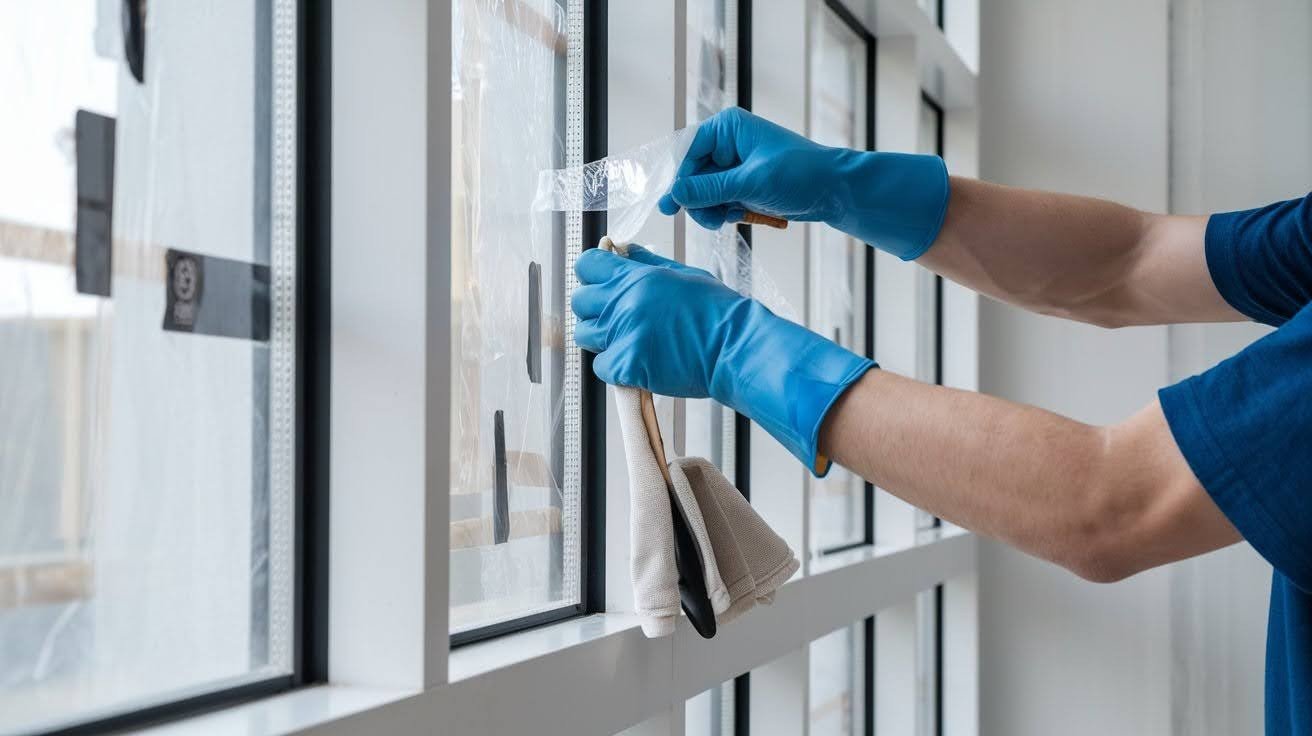
Windows, doors, and appliances arrive with protective films and construction labels that need removal before final installations.
Timing matters here – leave films on too long and the adhesive becomes harder to remove. This step prepares surfaces for professional finishing touches while preventing adhesive residue that creates extra work during detailed cleaning phases.
Understanding compliance rules keeps your project moving forward without costly delays, fines, or safety violations that halt construction work.
NYC Department of Sanitation (DSNY) Requirements
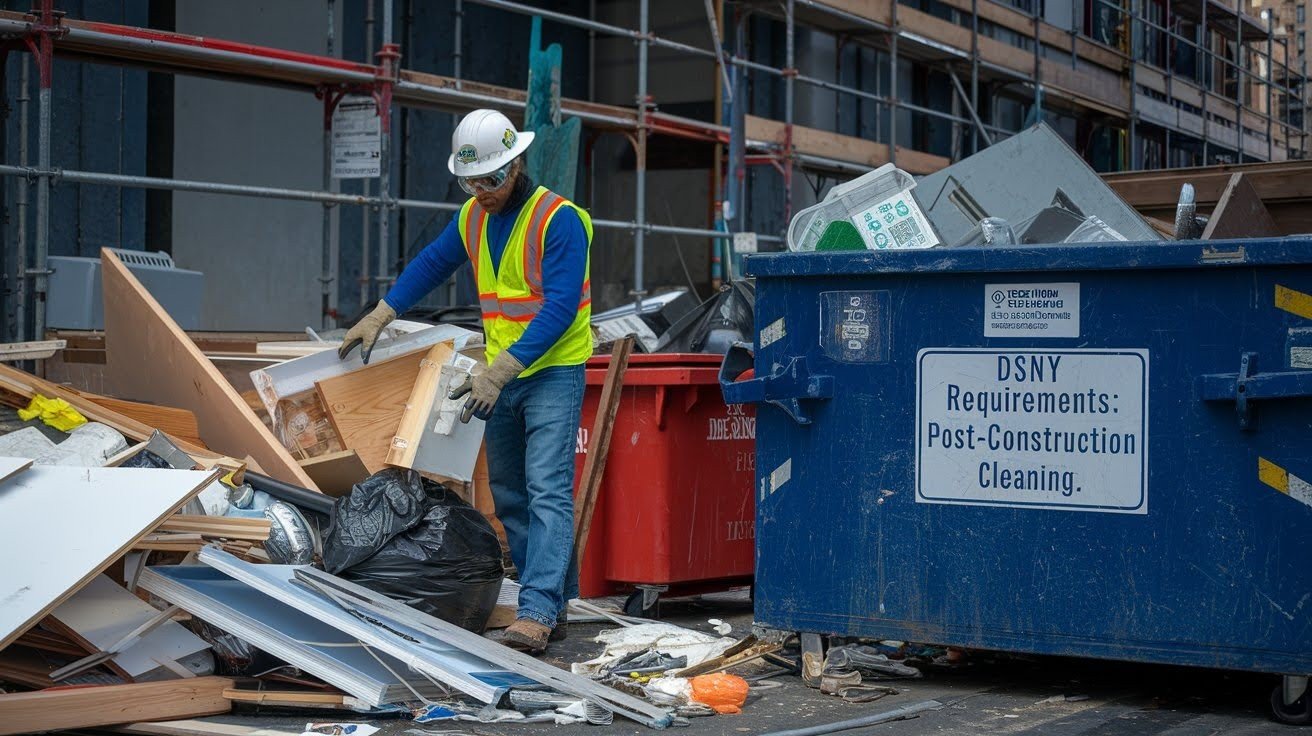
Construction and demolition debris requires source separation according to DSNY Section 16-120. You need proper containerization and manifesting for all waste materials.
Only DSNY-authorized haulers can remove this debris legally. Skip these requirements and face hefty fines that delay your project for weeks while you sort out compliance issues.
Construction waste isn’t regular trash that goes in standard dumpsters. Each type of debris needs specific handling and documentation.
I’ve seen projects delayed because contractors tried cutting corners on proper waste disposal procedures and regulations.
NYC Department of Buildings (DOB) Compliance
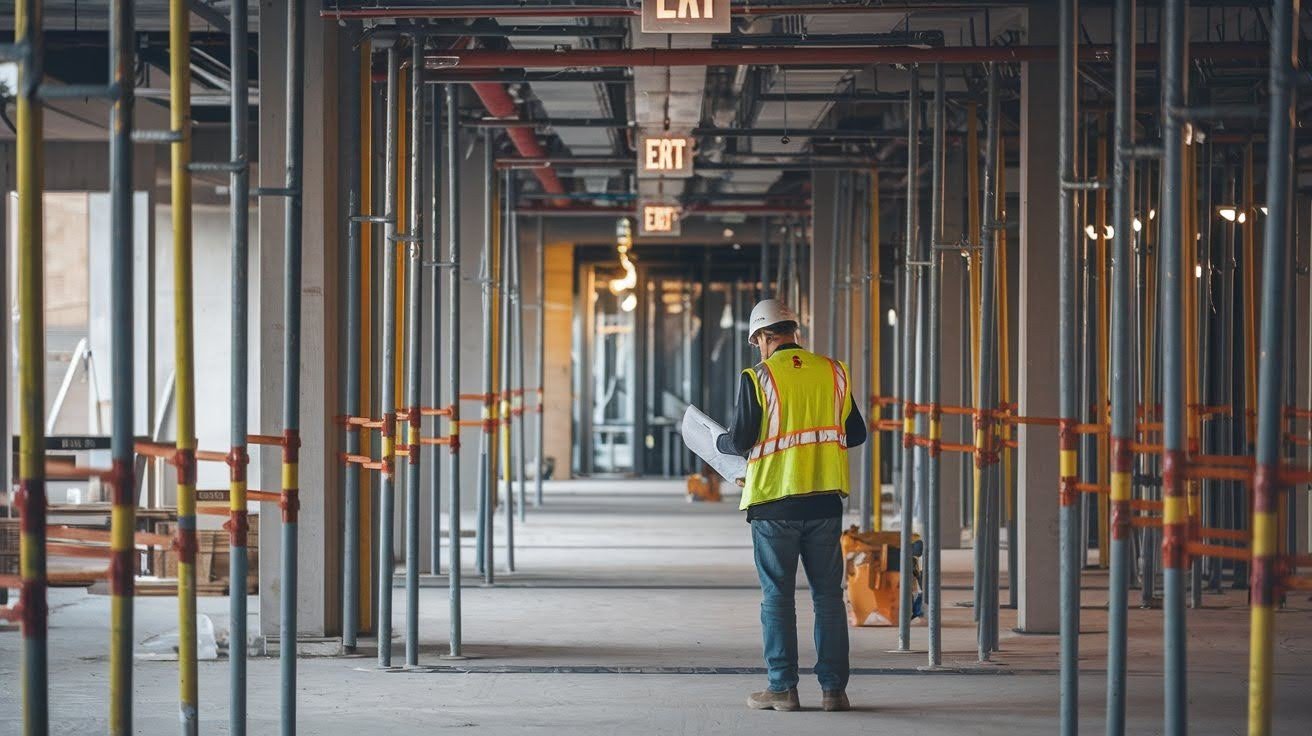
The DOB mandates clear, unobstructed egress routes at all times, as per 1 RCNY Section 27-01. Safety requirements during trade inspections are non-negotiable.
Blocked exits lead to stop-work orders that halt your entire project immediately. Trade inspections happen during rough cleaning, requiring safe, navigable spaces for inspectors.
Translation: Keep walkways clear for inspections and emergencies. Any safety violations can stop your project faster than you imagine.
Your entire construction timeline depends on passing these safety requirements during the rough cleaning phase.
Phase 2: Light Cleaning
Don’t let the word “light” fool you. This phase is where the real work happens. I’m talking about transforming your construction zone into something that actually looks livable.
You’ve cleared the big debris. Now it’s time to tackle the details that make or break your final result. This is where spaces start feeling like homes and businesses instead of work sites.
Pattern break: Ever notice how a clean bathroom can make an entire house feel more expensive? That’s the power of detailed cleaning work.
Deep Cleaning of High-Priority Areas
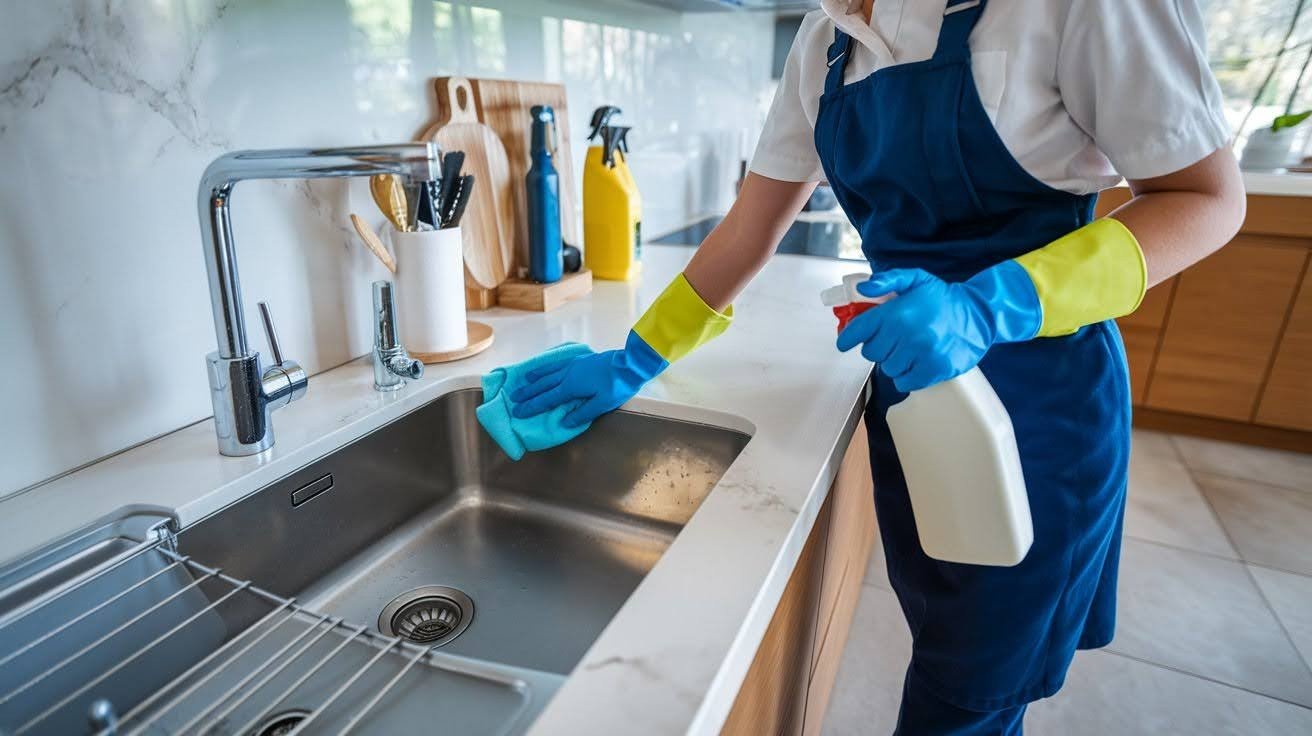
Kitchens and bathrooms collect the most grime during construction work. You’re scrubbing sinks, toilets, bathtubs, cabinets, and countertops to remove construction dust, residue, and adhesives that stick to every surface.
These areas need serious attention to meet hygiene standards for immediate use by new occupants. Construction adhesives stick to everything in these high-priority rooms.
You can’t just wipe them down and call it finished. Ensuring hygiene standards for immediate use requires deep cleaning that removes every trace of construction contamination from surfaces people touch daily.
Surface Treatment and Detailing
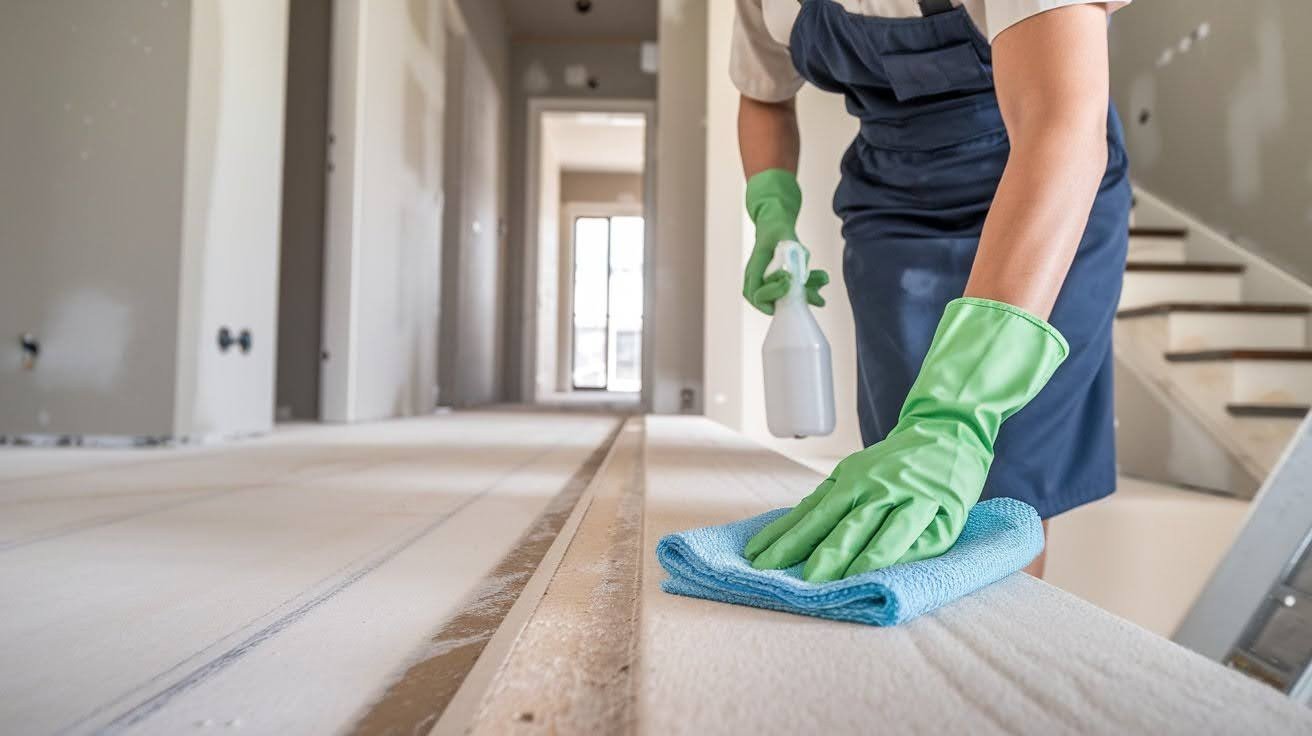
Every surface needs attention during this detailed phase. You’re wiping down baseboards, door frames, vents, and light fixtures where construction dust loves to hide.
Adhesive and residue removal targets sticky substances and blemishes left behind by construction work throughout the space.
Trim and millwork cleaning requires detailed attention to newly installed features that show every speck of dust.
Construction dust settles in every nook and cranny during building work, and this phase catches what rough cleaning missed in tight spaces.
Window and Glass Care
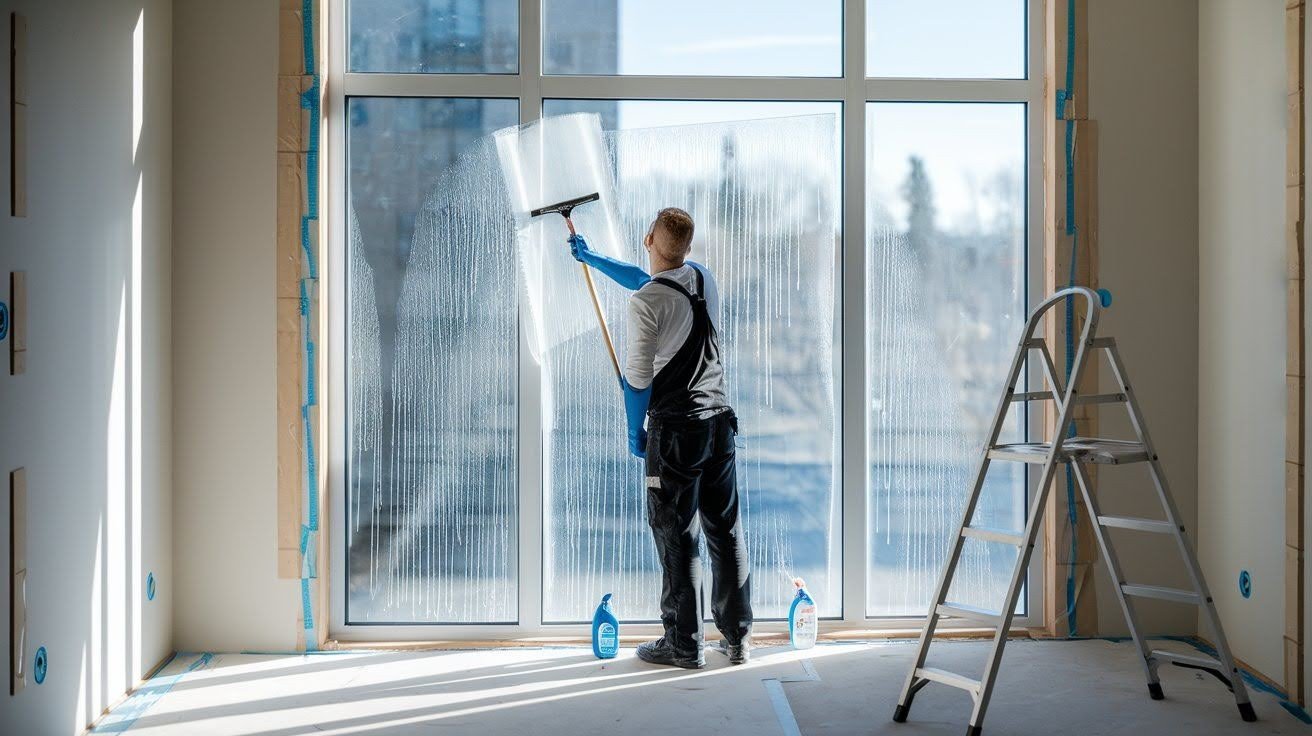
Interior window cleaning ensures unobstructed natural light fills your space properly. You’re removing smudges, fingerprints, and sticker residue that accumulate when workers handle glass surfaces repeatedly during construction.
Mirror cleaning and polishing create perfect reflections that make spaces feel larger and brighter than before.
A streak-free finish gives your space the professional appearance that impresses new occupants and passes strict inspections.
Glass surfaces require specific techniques and products to achieve the crystal-clear results that separate professional work from amateur cleaning attempts.
Phase 3: Final Cleaning (Touch-Up Cleaning)
This is your final chance to get everything perfect. I’m talking about the last step before someone walks through that door and judges your entire project based on what they see.
You’ve done the heavy work. You’ve handled the details. Now it’s time for the finishing touches that separate good projects from absolutely stunning ones.
Pattern break: Ever notice how a single smudge on a mirror can make an entire bathroom look dirty? That’s why this phase matters so much.
Residual Dust Elimination
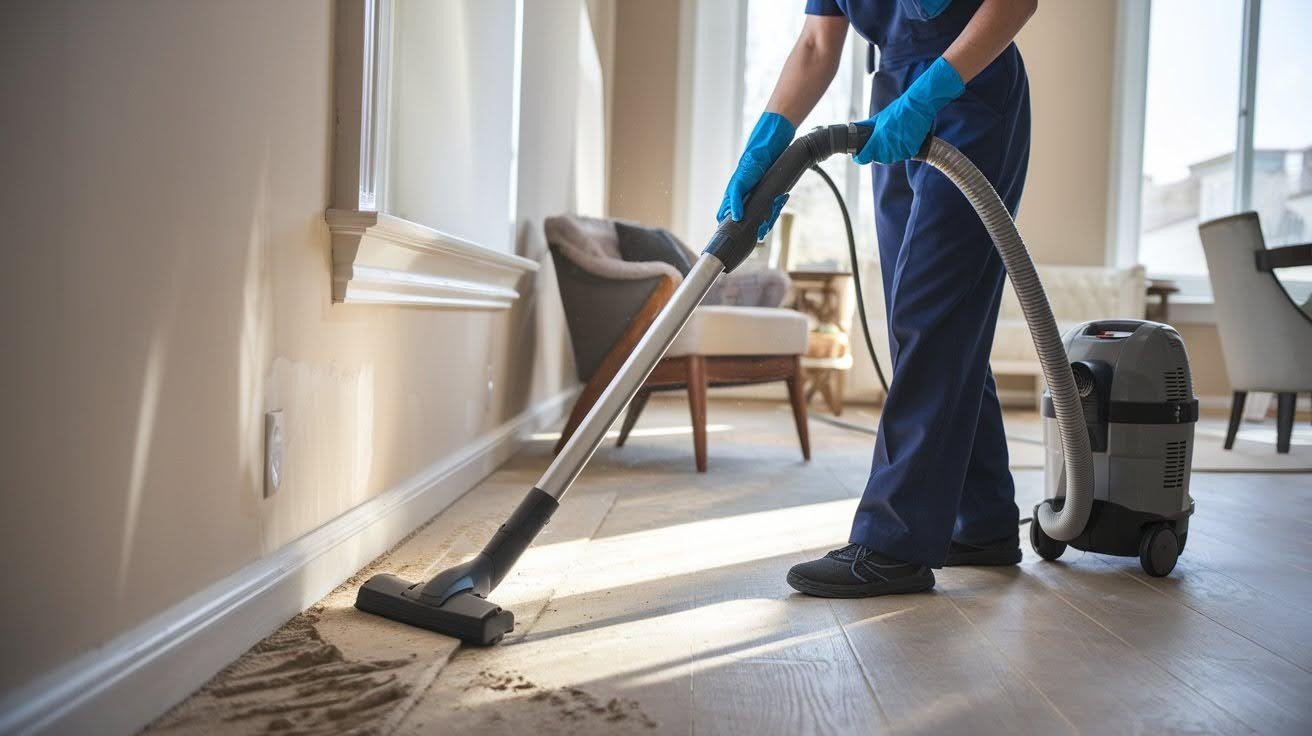
Dust has a sneaky way of settling overnight, even after thorough cleaning work throughout your space. You’re catching overnight dust settlement that appears on surfaces and corners between cleaning phases.
Last-minute buildup happens everywhere during construction, requiring attention to previously overlooked areas that escaped earlier cleaning efforts completely.
Multiple-pass cleaning ensures the complete removal of every speck that could detract from your finished appearance throughout the space.
This systematic approach catches what single-pass cleaning misses in tight spaces and difficult corners where dust loves to hide.
Hardware and Fixture Polishing

Door handles and light switches need a final shine and sanitization since they’ll be touched constantly by new occupants daily.
Faucets and appliances require stainless steel polishing that creates mirror-like finishes throughout your space. All metal fixtures need professional-grade polishing for a showroom appearance that impresses visitors and creates lasting positive impressions.
This polishing work creates the showroom appearance that makes spaces feel expensive and well-maintained from day one.
First impressions matter when people see your finished project for the first time, and polished fixtures communicate quality and attention to detail.
Floor Finishing Systems
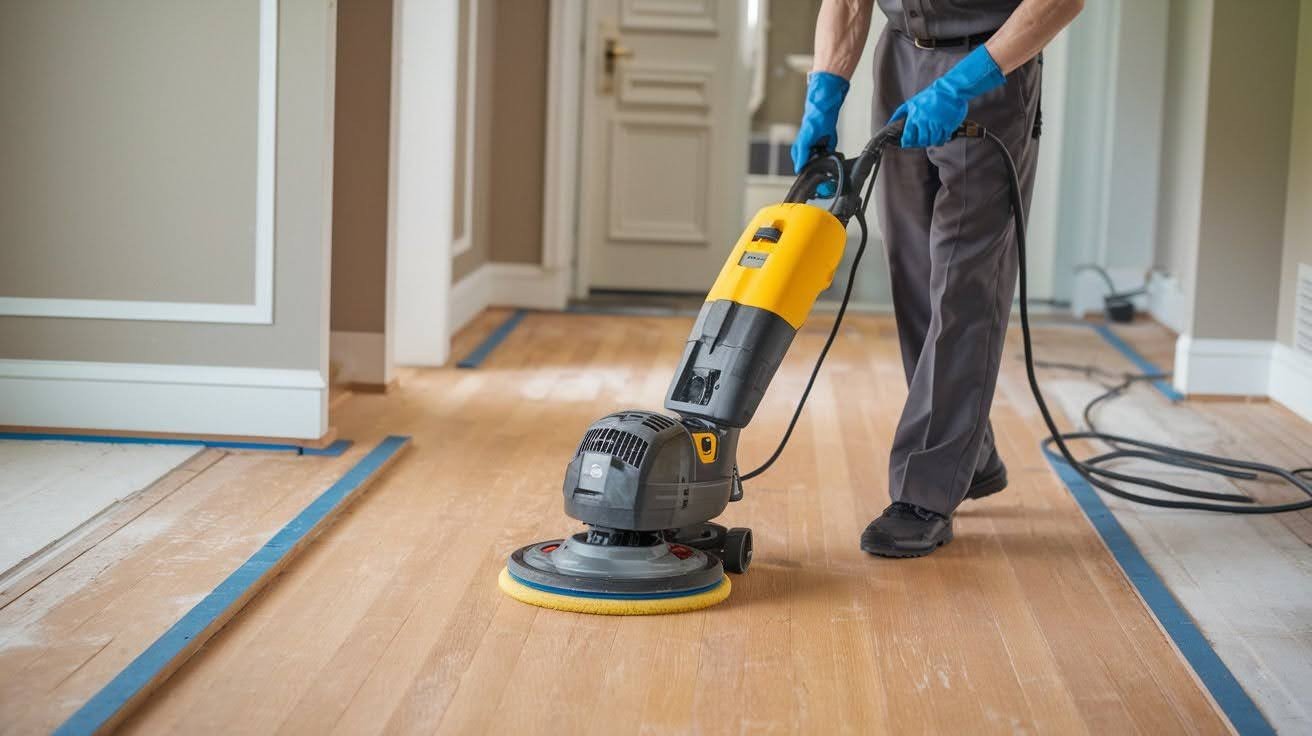
Final vacuuming ensures a spotless carpet appearance that matches your other detailed work throughout the entire space effectively.
Floor treatments include strip, wax, burnish, or carpet extraction per specifications that protect surfaces long-term while maintaining appearance.
Spot cleaning addresses any new marks or footprints that appeared during final construction activities and inspections.
Carpet refreshing with quick treatments handles any issues that have developed since light cleaning throughout your space.
The goal is floors that look perfect and stay that way for new occupants who expect pristine conditions from move-in day.
Conclusion
You now understand the 3 phases of post-construction cleaning that change messy construction sites into move-in-ready spaces. Rough cleaning removes debris and creates safe workspaces. Light cleaning handles detailed work that makes spaces feel livable. Final cleaning adds the finishing touches that impress new occupants.
Your cleaning challenges are solved. You know exactly what happens in each phase and why skipping steps leads to failed inspections and delays.
After managing hundreds of construction cleanups, I’ve seen how following this systematic approach saves time, money, and headaches. The three-phase system works because it builds quality results step by step.
Ready to tackle your next project? Share this guide with your team or explore our other construction resources for more practical insights.
Frequently Asked Questions
What are the 3 phases of post-construction cleaning?
The 3 phases of post-construction cleaning are rough cleaning (debris removal and initial dust control), light cleaning (detailed surface work and deep cleaning), and final cleaning (touch-up work and presentation preparation). Each phase builds on the previous one to change construction sites into move-in-ready spaces.
When should rough cleaning be scheduled during construction?
Rough cleaning should be scheduled after major construction work is complete, but before finishing touches like painting, flooring, or cabinet installation. This timing allows debris removal without interfering with final installations while creating safe workspaces for contractors to complete their work.
Why is light cleaning called “light” if it’s the most time-intensive phase?
Light cleaning gets its name from focusing on lighter debris and detailed work rather than heavy materials. Despite the name, it’s the most time-intensive phase because it involves thorough surface cleaning, adhesive removal, window care, and deep cleaning of kitchens and bathrooms.
Can I skip any of the 3 phases of post-construction cleaning?
You cannot skip any phase without risking failed inspections, project delays, and safety violations. Each phase serves a specific purpose: rough cleaning creates safe workspaces, light cleaning ensures detailed cleanliness, and final cleaning provides move-in-ready presentation standards.
What compliance requirements apply to post-construction cleaning?
Post construction cleaning must follow OSHA dust standards (29 CFR 1926.1153), NYC Department of Sanitation waste disposal rules (DSNY §16-120), and DOB safety requirements (1 RCNY §27-01). Chemical usage must be MSDS-documented, and final sanitization must meet CDC and DOH standards.




